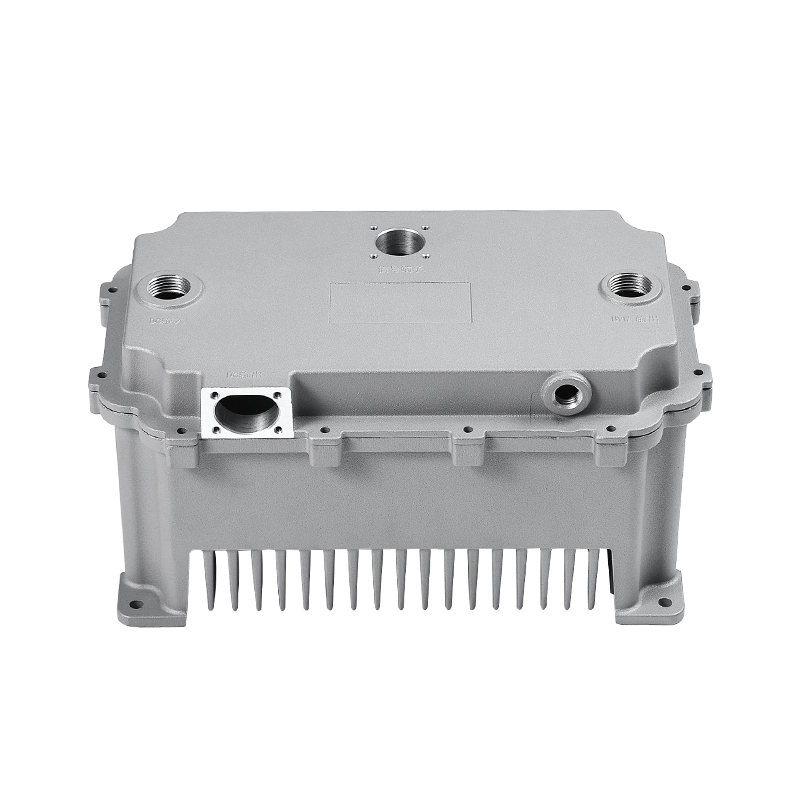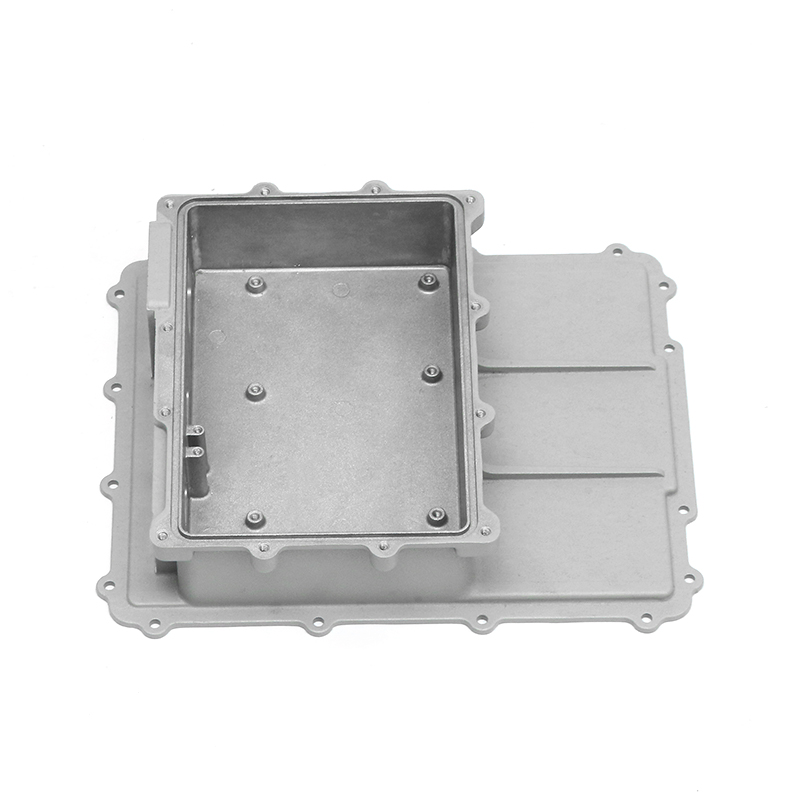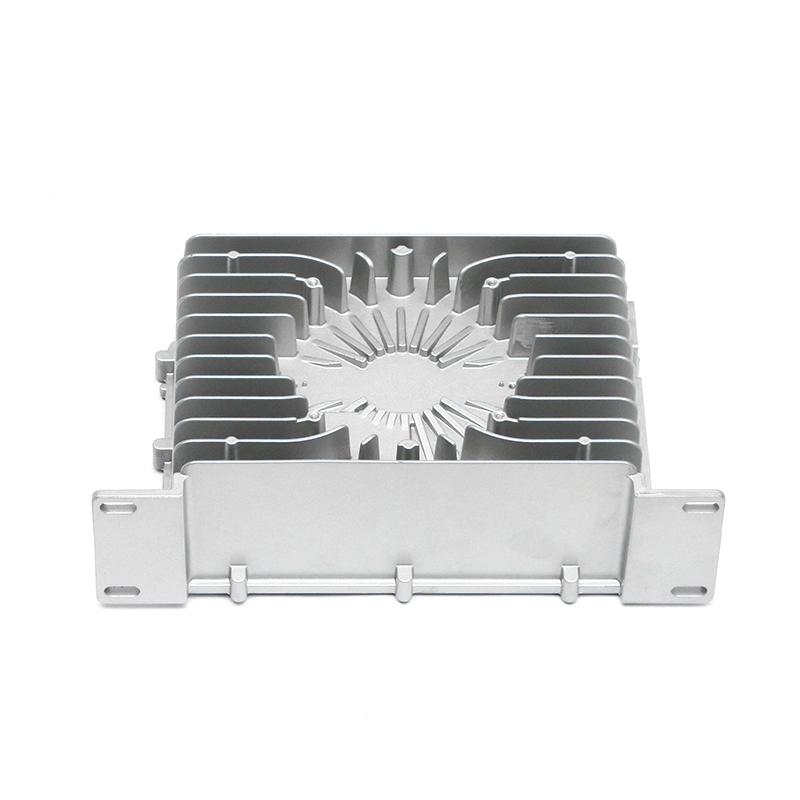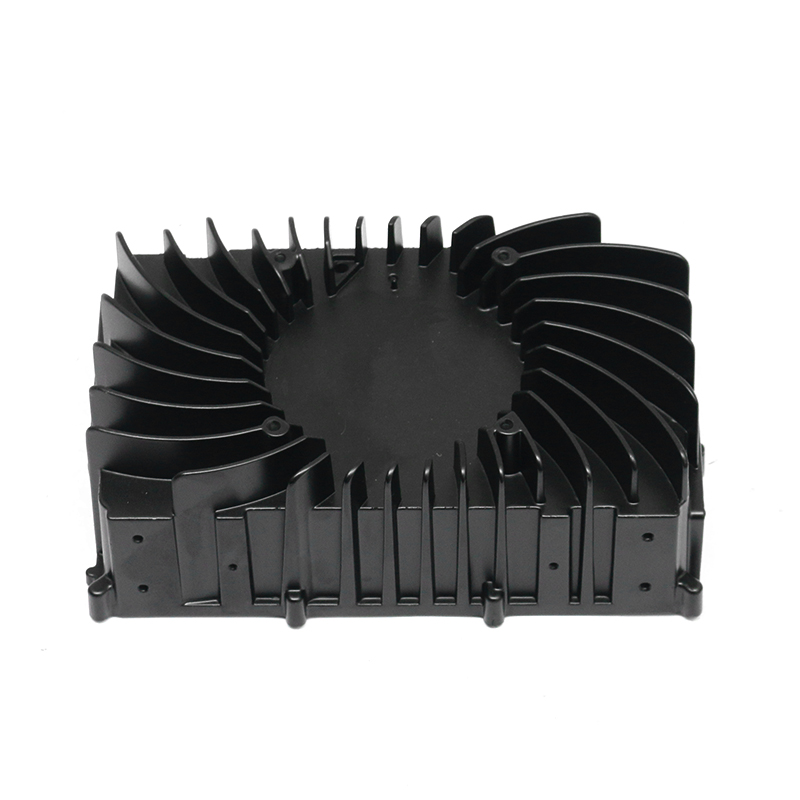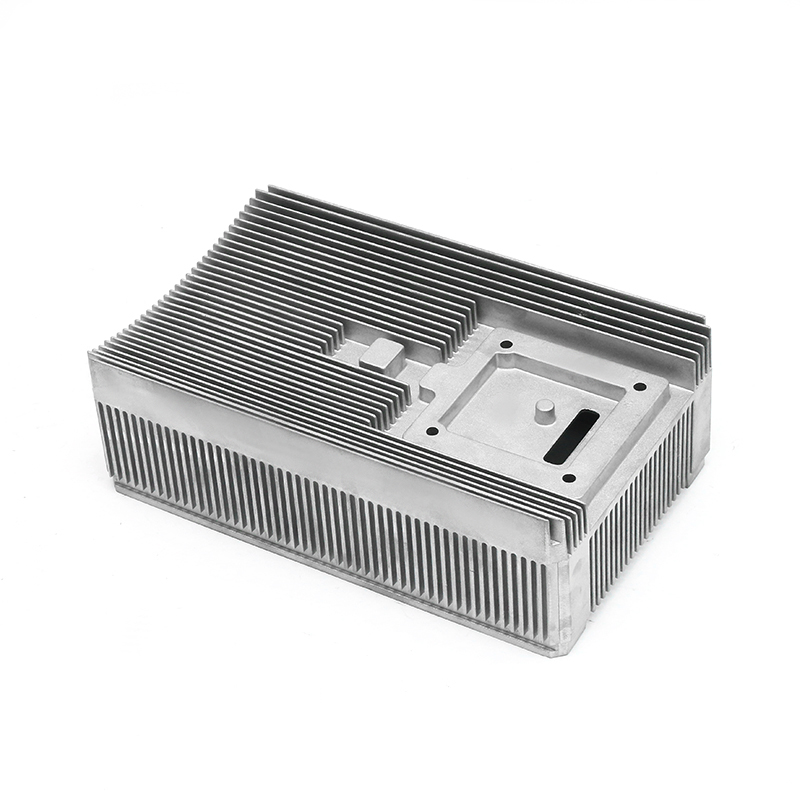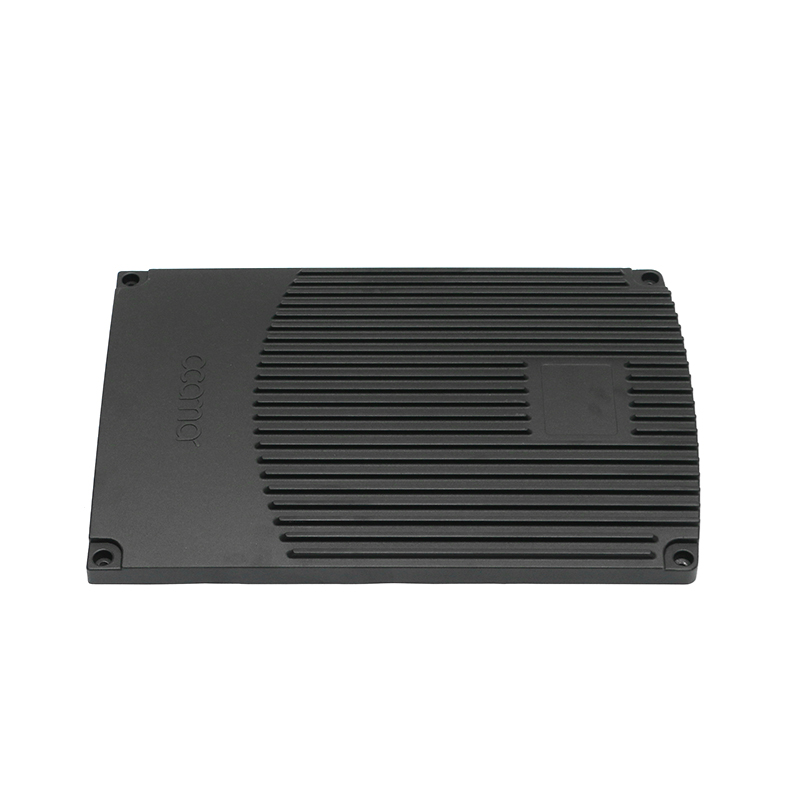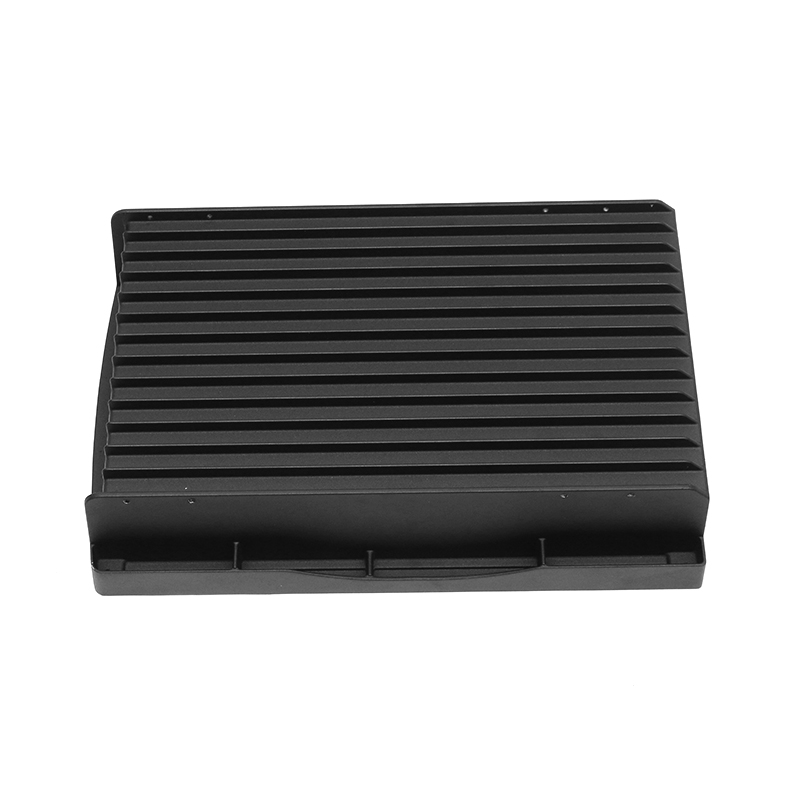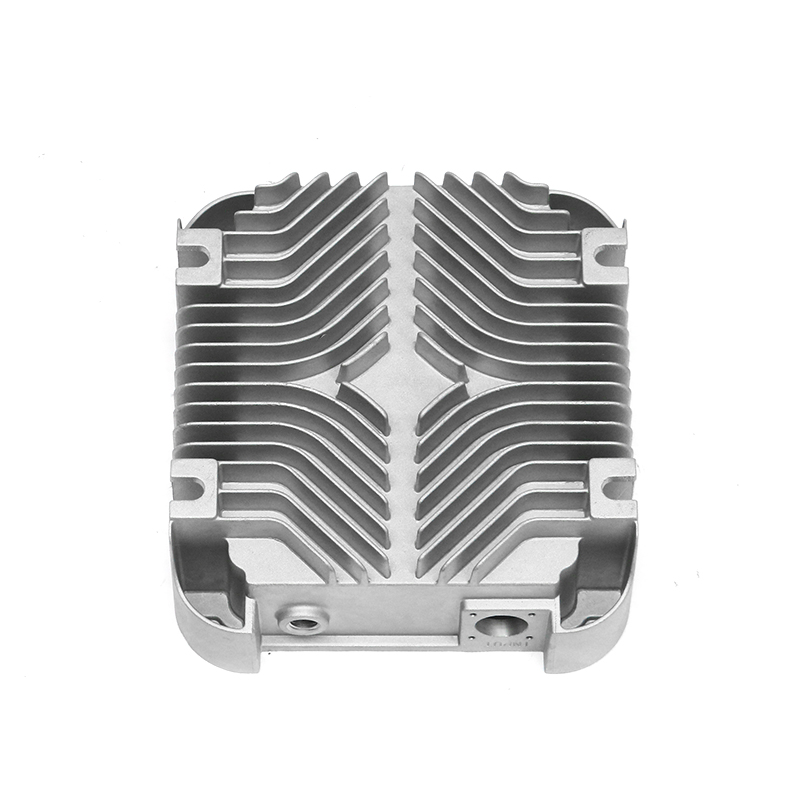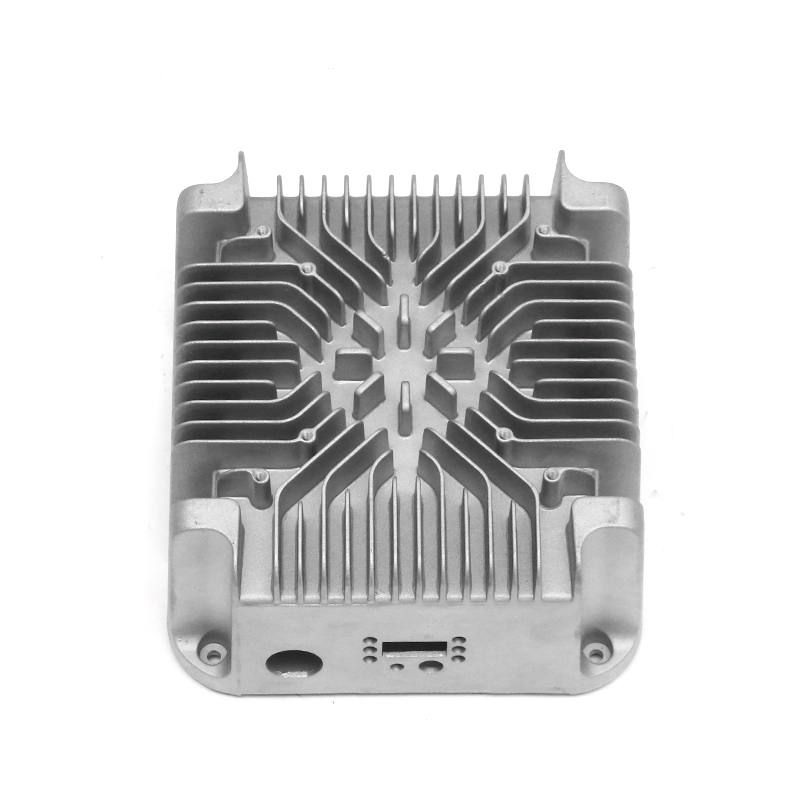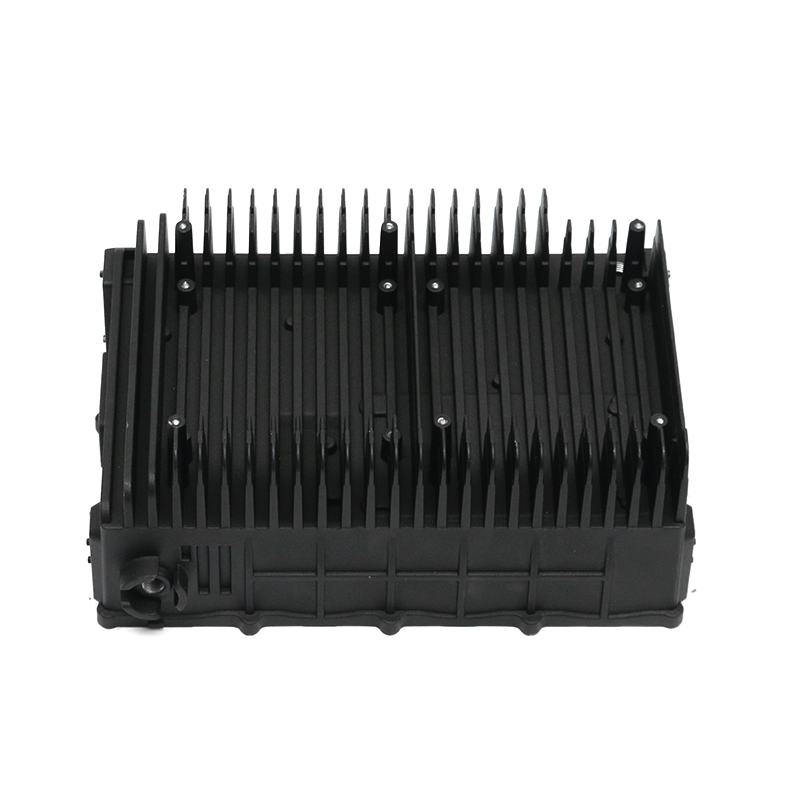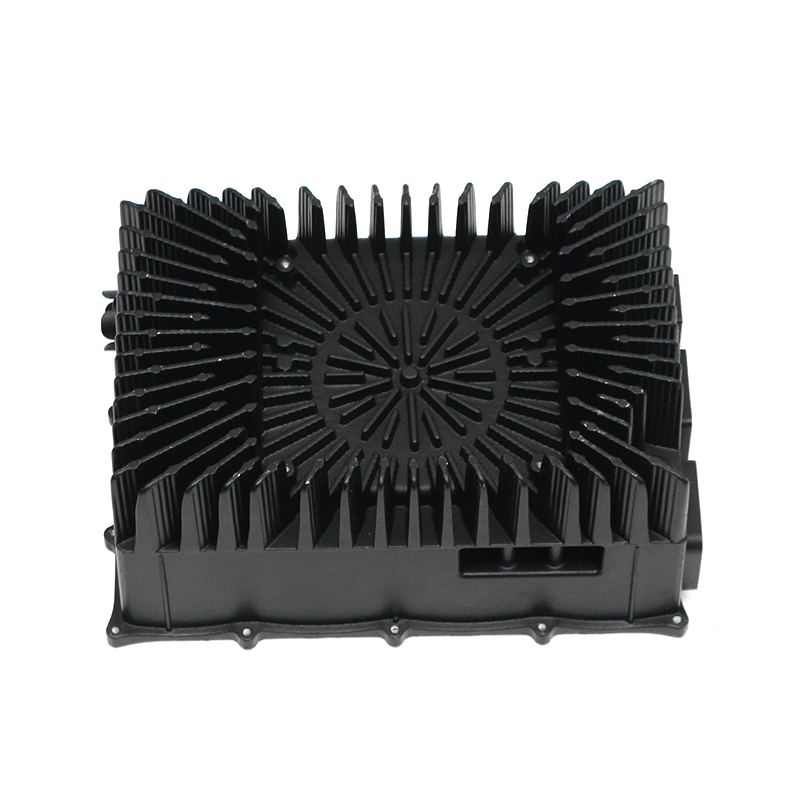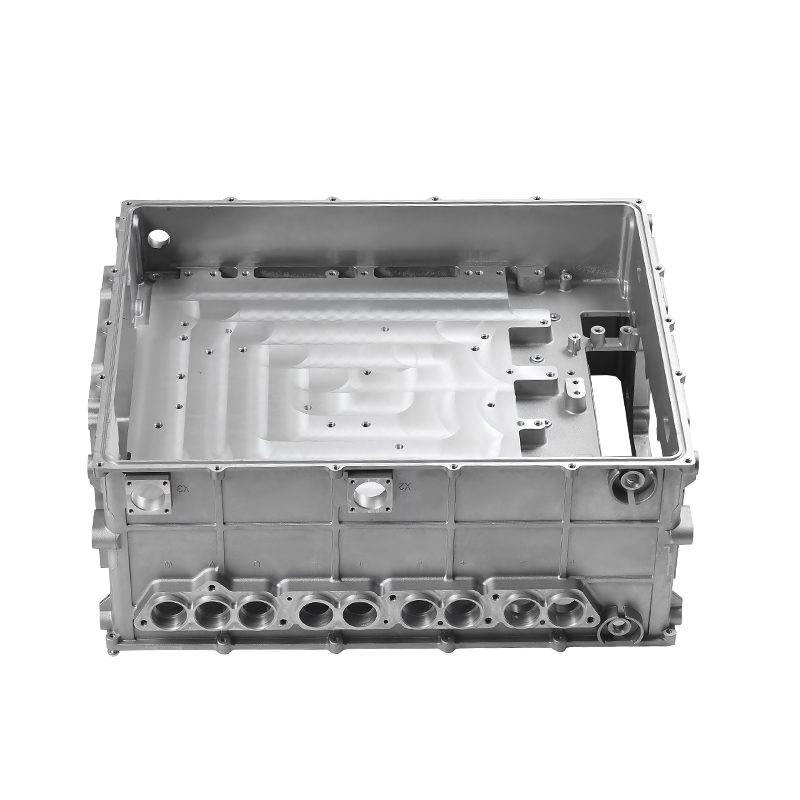New energy electronically controlled air cooling die casting plays a vital role in the new energy vehicle industry. Its shape structure not only bears the mechanical support function, but also often directly participates in heat dissipation and electrical protection. Therefore, how to ensure its shape stability and dimensional consistency during the manufacturing process has become the core technical requirement in the die casting process. A stable and consistent structure can not only ensure the smooth progress of subsequent assembly, but also directly affect the product performance and service life.
To achieve shape stability and dimensional consistency, strict control is first required from the die casting mold design stage. As the basis of molding, the rationality of the mold structure has a huge impact on the molding of castings. In the design process, it is necessary to fully consider the volume shrinkage, thermal stress distribution and metal flow path of the product during the cooling process, and adopt a suitable pouring system and exhaust structure to avoid deformation or shrinkage of the casting. At the same time, the selection of mold materials and processing accuracy will also directly affect the dimensional deviation of the final molding. Therefore, in the mold manufacturing process, high-strength and heat-resistant alloy tool steel is often used, combined with advanced processing equipment for high-precision control.
Fine control of die casting process parameters is also an important factor to ensure stability. The temperature of the alloy liquid, the preheating temperature of the mold, the injection speed, the injection pressure ratio and the holding time will all affect the forming quality of the die casting. In the production process, it is necessary to find a suitable combination of parameters through repeated mold trials and process optimization so that the metal liquid can quickly and evenly fill the mold cavity, and cool and solidify under reasonable holding pressure to reduce internal stress and dimensional changes.
In addition to the control of the molding process, the layout of the cooling system also has an important influence on the molding accuracy. Since the structure of the die casting often has the characteristics of different local wall thickness, the uneven cooling rate will lead to different shrinkage rates in different parts, causing deformation. Therefore, it is reasonable to arrange cooling water channels in the mold or use air cooling auxiliary devices to keep the heat exchange of the entire die casting process balanced, which helps to reduce dimensional deviation and improve the symmetry and stability of the overall structure.
After the die casting is completed, the post-processing process also plays an important role. Some die castings will be heat treated or aging treated after demolding to release the internal stress of the casting and prevent dimensional changes or cracking in subsequent use. In addition, in order to ensure that the final product is consistent with the design drawings, it is also necessary to introduce high-precision dimensional detection equipment, such as three-coordinate measuring machines, to conduct random inspections or full inspections on each batch to ensure that the dimensions are stable within the allowable tolerance range.
In modern production, it is also possible to monitor the key parameters of each process in real time through automated testing and quality traceability systems, analyze product data, discover potential process deviations and make timely adjustments, thereby ensuring the consistency of the entire batch of products. At the same time, the use of digital simulation software is becoming more and more common. It can simulate and predict filling, cooling, stress distribution, etc. before actual die casting, helping engineers to pre-identify risk points that may cause dimensional changes and improve the controllability of product design and manufacturing.
Recommended Products
Products provided by famous enterprises are deeply trusted by users.
